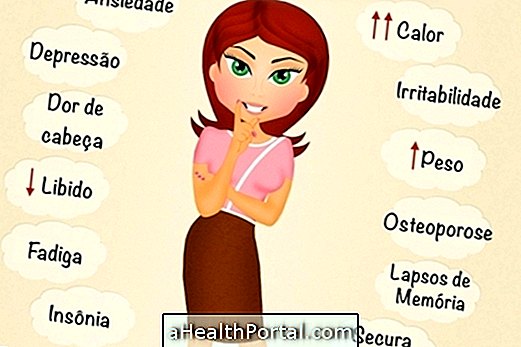In order not to be struck by lightning, one must stay in a covered place and preferably have a lightning rod installed, away from large places such as beaches and soccer fields, because although the electric rays may fall anywhere during a storm, they usually fall into high places such as trees, poles and beach kiosks.
Severe injury, such as skin burns, neurological damage, kidney problems, and even cardiac arrest, can lead to death when struck by lightning. The severity of the injury caused by the accident depends on how the beam penetrated the victim's body, sometimes the beam can only cross one side of the body without affecting the heart, but gravity also depends on the lightning voltage.

How to protect yourself from home
The best way to protect yourself on the beach or street, for example, is to look for shelter inside a car or building when it is raining. However, other precautions include:
- To stay away from more than 2 meters of tall objects, like poles, trees or kiosks;
- Do not enter pools, lakes, rivers or the sea;
- Avoid holding tall objects such as umbrella, fishing rod or umbrella;
- Stay away from tractors, motorcycles or bicycles.
When this is not possible one should crouch on the floor, tiptoe, to reduce the chances of fatal complications such as cardiac arrest if hit by lightning.
How to protect yourself indoors
Being indoors decreases the chances of being struck by lightning, however, the risk is only nil when there is a lightning rod on the roof. So, good ways to avoid lightning in the home are:
- Stay more than 1 meter away from walls, windows and electrical appliances;
- Disconnect all electronic devices from the electric current;
- Do not use electronic devices that need to be connected to the mains;
- Avoid bathing during a storm.
When there is lightning at home it is important to do the review every 5 years or soon after a lightning strike to ensure that it is working properly.























